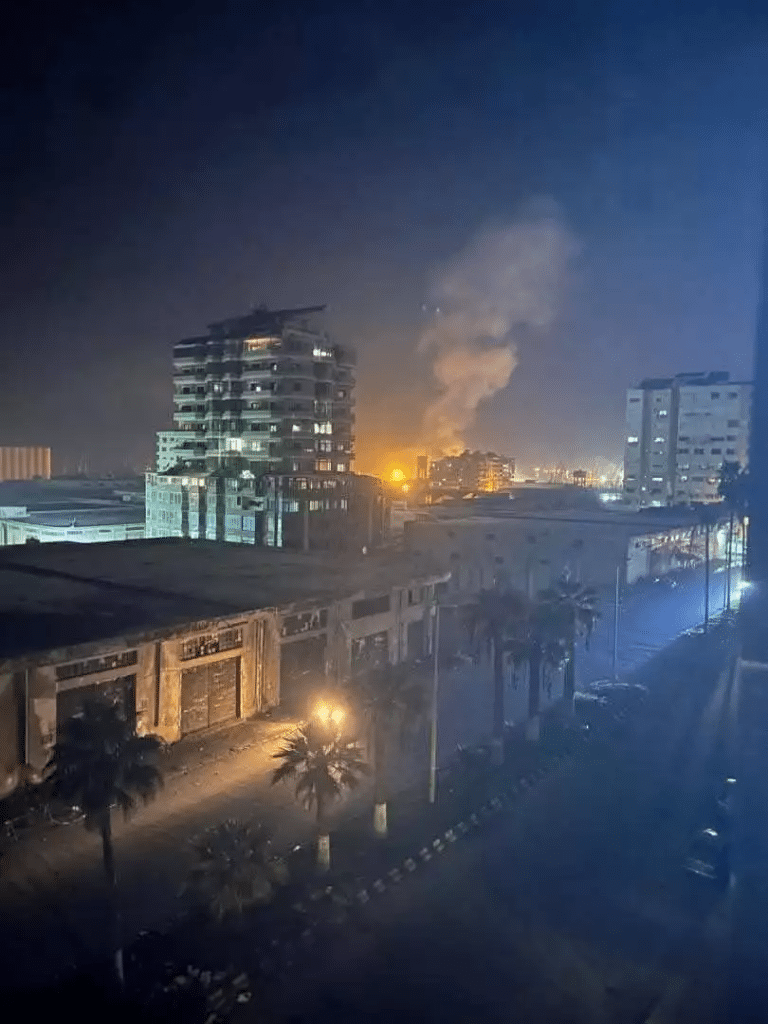The IDF concluded an extensive series of strikes throughout Syria on Tuesday and announced that the extensive strike to eliminate the threat from Syria would get the name Operation Arrow of Bashan, with Prime Minister Benjamin Netanyahu warning the Syrian rebels who seized power Israel would not tolerate aggression.
Video: The damage to the Syrian Navy after the Israeli strikes / Credit: Arab media
Prime Minister Benjamin Netanyahu: "If the new regime in Syria allows Iran to re-establish itself, or allows the transfer of Iranian weapons to Hezbollah – we will respond forcefully and we will exact a heavy price." pic.twitter.com/B5UTGCXoGN
— Prime Minister of Israel (@IsraeliPM) December 10, 2024
Military officials indicate the operation was launched in response to rapidly evolving developments on the ground. While surveillance of rebel activity in the region had been ongoing, the acceleration of events demanded immediate action. The operation received approval from the IDF Chief of Staff Herzi Halevi during a Saturday security assessment, leading to the swift deployment of forces.
The operation saw the deployment of 350 Israeli Air Force combat aircraft conducting multiple strike missions. Forces targeted 320 strategic assets spanning from Damascus to Tartus, including MiG-29 fighter jets, manufacturing facilities, ammunition storage sites, Scud missile battery, cruise missile systems, unmanned aerial vehicles, aircraft and attack helicopters, radar installations, and weapons storage facilities.

Naval forces joined the campaign, executing strikes against advanced Syrian naval vessels at two coastal locations – Latakia and Minet el-Beida. Military sources confirmed that the targeted assets, which included dozens of sea-to-sea missiles capable of striking targets 50-62 miles away, had been under sustained intelligence monitoring for years.
In response to the Syrian developments, IDF forces have established positions at strategic locations along the buffer zone border. This deployment aims to safeguard Israeli civilians and prevent critical military capabilities from falling into unauthorized possession. During buffer zone operations, various weapons systems were discovered, with the military emphasizing its commitment to addressing any additional armaments found in the region. Officials stress that these actions are defensive in nature and do not constitute interference in Syria's internal conflict.
Addressing the Iranian dimension, military sources indicate that Tehran has experienced a substantial decline in its Syrian foothold, significantly diminishing its operational capabilities against Hezbollah. The IDF maintains its focus on the Syria-Lebanon border, emphasizing that any attempts to transfer weapons will trigger a military response.




